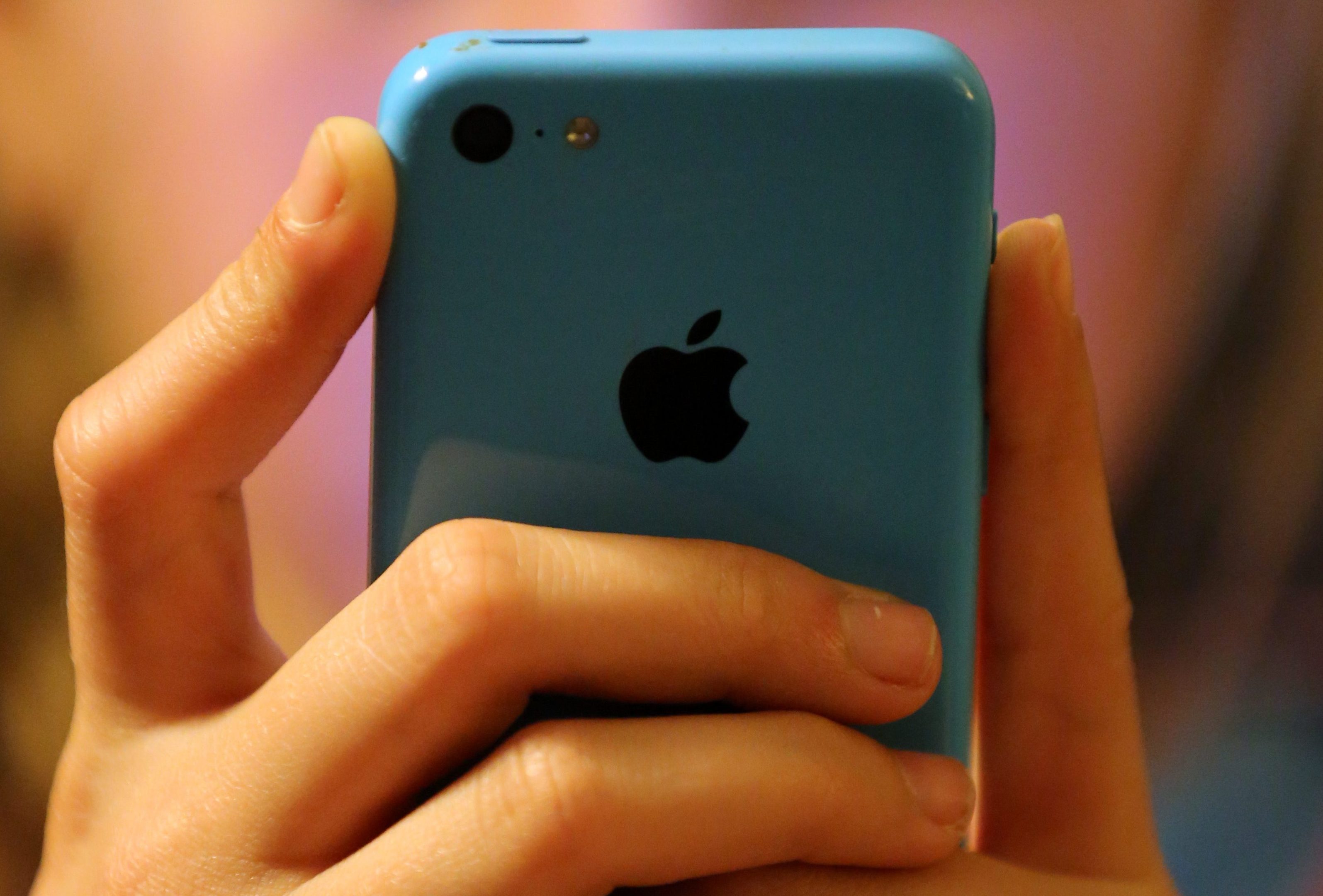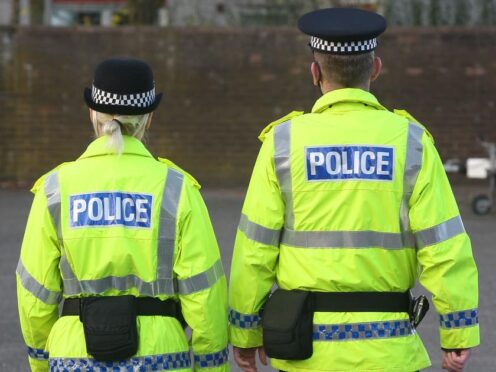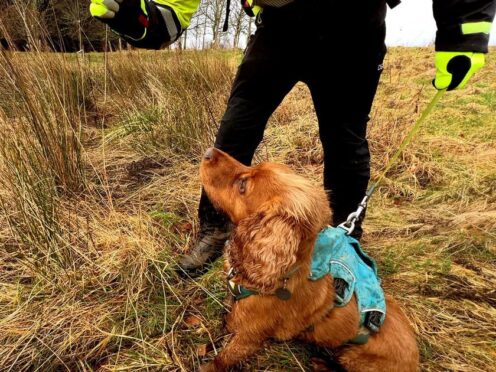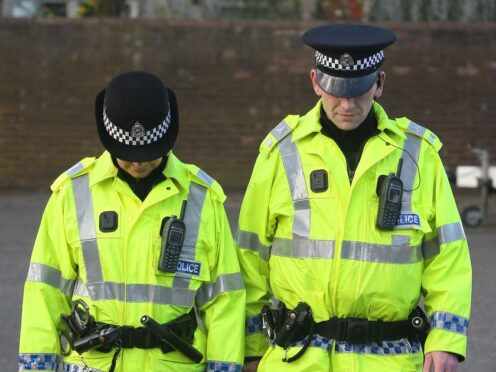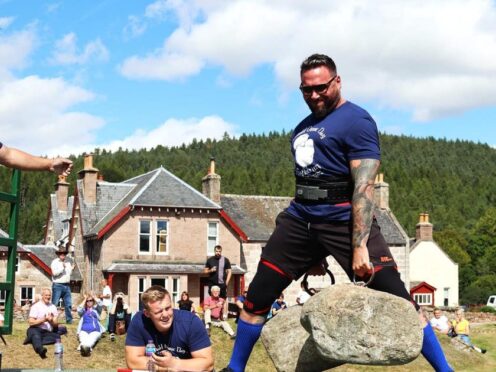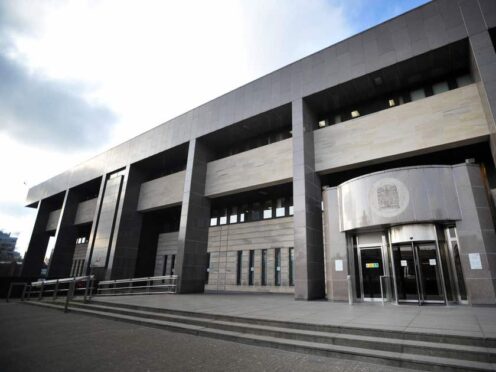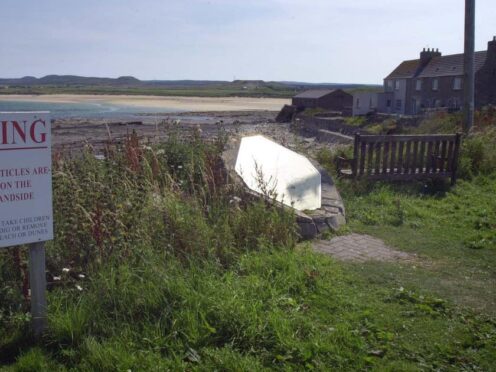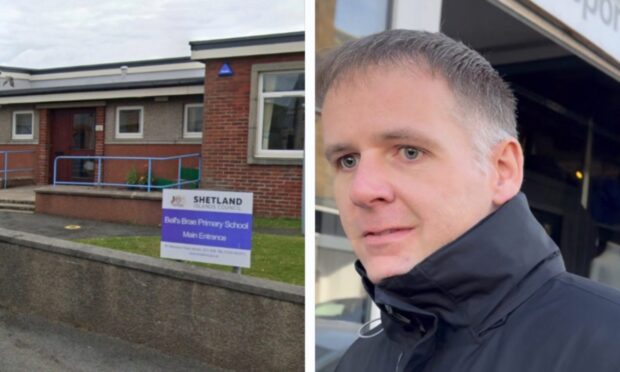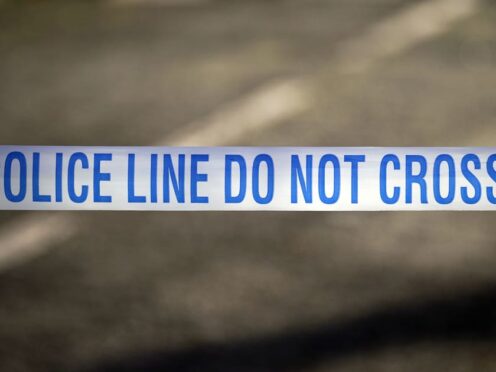Hundreds of Scottish children have contacted Childline worried about cyber-bullying in the past year, according to new figures.
Across the UK, the charity counselled 4,541 children about online bullying in 2015/16, an 88% increase from 2,410 in 2011/12.
Childline figures for Scotland alone are only available for 2015-16 but showed 201 counselling sessions took place with children contacting the service with concerns about online bullying.
In the same period, 873 counselling sessions took place with children from Scotland about all forms of bullying.
The figures, released at the start of Anti-Bullying Week, showed that in a quarter of counselling sessions children and young people across the UK were also counselled for a mental health and wellbeing issue, including low self-esteem, self-harm, suicidal thoughts and depression.
Children as young as seven told Childline counsellors how they were being tormented and abused by malicious and hurtful messages from which they felt there was no escape.
The comments posted on their social media profiles, blogs and online pictures ranged from bullying and abusive words about how a young person looked to death threats and, in the most extreme cases, directly telling them to go and kill themselves.
Matt Forde, national head of service for NSPCC Scotland, said: “Online bullying is one of the biggest child protections challenges of this generation.
“It is a problem intensified by the ever-increasing presence of the internet.
“Years ago a child could escape their bullies when they left the playground and get some respite in the safety of their home, now the 24/7 nature of the internet means that a child can be targeted around the clock.
“Bullying, regardless of whether it occurs online or in person, can have a devastating impact on a young person, affecting their self-worth, leave them feeling isolated and potentially being a trigger for depression.
“In the worst-case scenarios, bullying has driven children and young people to self-harm and even suicide.”
In nearly a third (31%) of counselling sessions for online bullying, children and young people talked about a gaming or social networking site as the platform for their abuse and humiliation.
The NSPCC, which is currently working with the Royal Foundation Cyber-bullying Taskforce to develop new tools and technology for children and young people, has also created a dedicated area about online bullying on the Childline website where young people can share their experiences and offer support to their peers through message boards.
Last year alone there were more than 11,000 posts about online bullying.
Childline president Dame Esther Rantzen said: “Bullying can wreck young people’s lives, especially now that the bullies don’t stop at the school gates.
“It is imperative that adults, parents and teachers, intervene to protect them, because we have learned over the years from Childline callers that bullying does not stop on its own, left alone it gets worse.”
